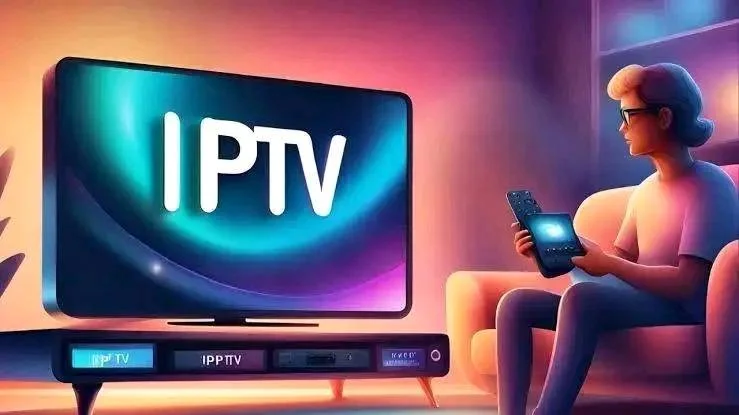IPTV transforms television signals into data packets transmitted via internet protocols. This digital approach differs significantly from conventional broadcasting methods that send all channels simultaneously through dedicated cables or airwaves. The internet-based delivery system creates distinct advantages and enables features that are impossible with older technologies. The transmission process begins when content providers encode video files into compatible formats. These files travel through content delivery networks designed to handle large media files efficiently. When reaching the viewer’s device, specialized software decodes these signals into viewable content. This entire process happens almost instantaneously with modern internet speeds.
Delivery methods
IPTV utilizes three primary content delivery approaches:
- Video on demand (VOD) – allowing users to select and watch content whenever convenient
- Time-shifted media – enabling viewing of past broadcasts through catch-up services
- Live television – streaming current broadcasts as they happen
This versatility satisfies different viewing preferences within a single platform. Sports enthusiasts maintain access to live events, while movie fans enjoy on-demand libraries. News viewers benefit from live broadcasts and archived reports for comprehensive information access.
Required components
Setting up an IPTV system requires several core elements:
- Internet connection with sufficient bandwidth (minimum 25 Mbps recommended)
- Compatible device (smart TV, computer, tablet, smartphone, or streaming box)
- IPTV subscription or service access
Many users begin exploring options when they Comprar IPTV on stellar4k.es, which provides the necessary access credentials and technical support for setup assistance. The process typically involves installing an application or configuring an existing media player with service-specific settings.
Content management
Content organization in IPTV systems typically follows intuitive structures that simplify navigation. Electronic program guides display available channels and upcoming broadcasts similar to traditional cable interfaces but with enhanced search capabilities. These interactive guides often include additional program information, including cast details, episode descriptions, and related content suggestions.
The video-on-demand sections organize content by various categories, including:
- Genre classifications
- Release dates
- Popularity rankings
- Language options
- Age appropriateness
This organization creates more efficient browsing experiences compared to linear channel structures of conventional television.
Popular devices
The technology functions across numerous devices that connect to the internet. Smart televisions with built-in applications provide the most straightforward setup, requiring only service credentials to begin watching. External devices like streaming sticks, boxes, and specialized IPTV receivers offer solutions for non-smart televisions.
Mobile implementations continue gaining popularity as screen quality improves on portable devices. This mobility aspect mainly attracts younger viewers who consume content across multiple environments throughout their day. The same subscription typically works across all device types, creating seamless viewing experiences regardless of location.
Quality options
Modern IPTV services deliver exceptional visual quality that meets or exceeds traditional broadcast standards. High-definition streams (1080p) have become standard offerings, with 4K options increasingly available for compatible devices. The quality automatically adjusts based on available bandwidth, preventing buffering issues during network fluctuations.
Audio quality similarly impresses with many services supporting surround sound formats and multiple language tracks. This adaptability ensures optimal experiences across different viewing environments, from home theatre setups to personal headphones.
Fundamental shift toward internet-based content delivery represents more than technical evolution it fundamentally changes how people interact with visual entertainment. The flexibility, extensive content libraries, and personalization options available through modern IPTV services align perfectly with contemporary viewing preferences. As these systems continue maturing, additional innovations will likely emerge that further distinguish Internet protocol television from traditional broadcasting methods. This ongoing development ensures IPTV will remain relevant even as entertainment technologies continue advancing in the coming years.




